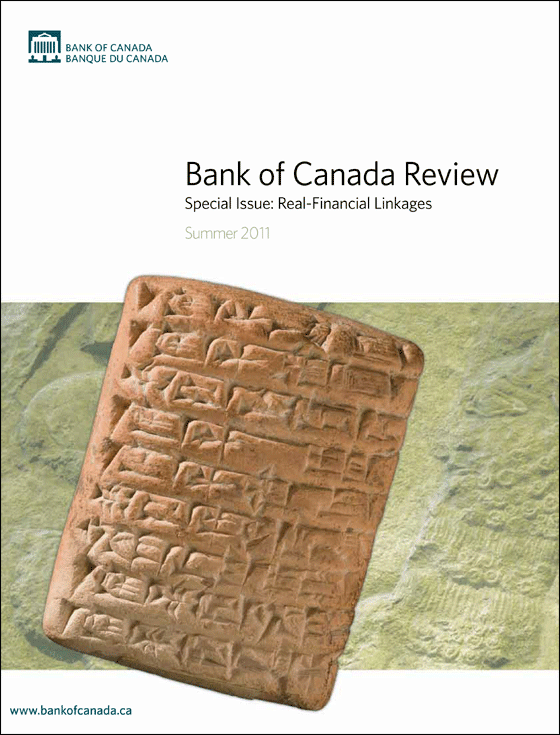Bank of Canada Review - Summer 2011
Available as:
PDF
This special issue, “Real-Financial Linkages,” examines the Bank’s research using theoretical and empirical models to improve its understanding of the linkages between financial and macroeconomic developments in the wake of the recent global financial crisis.
